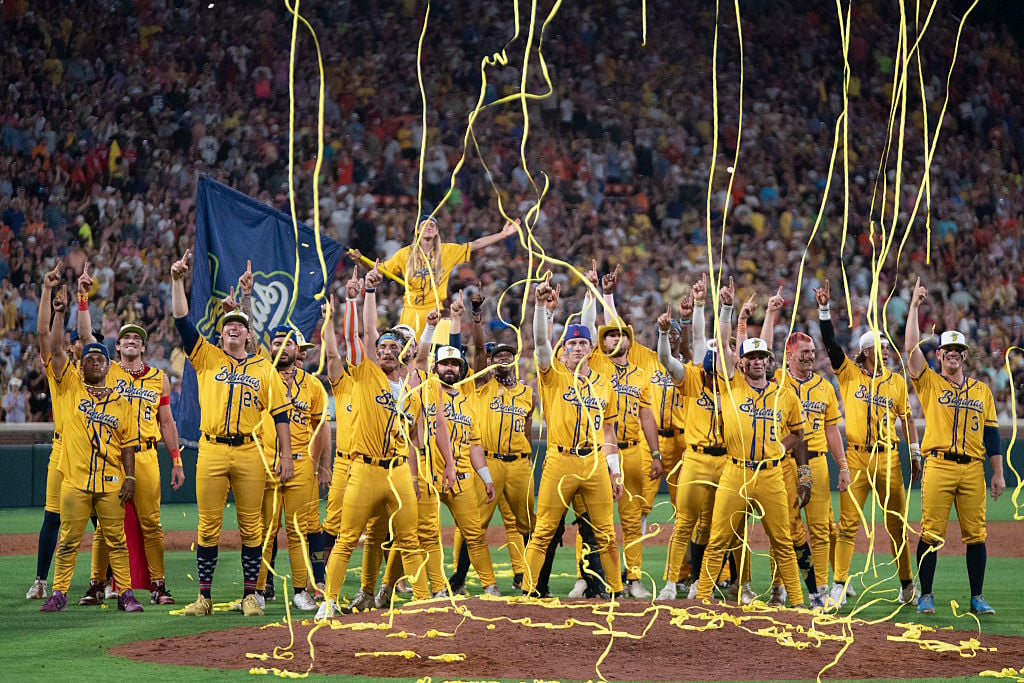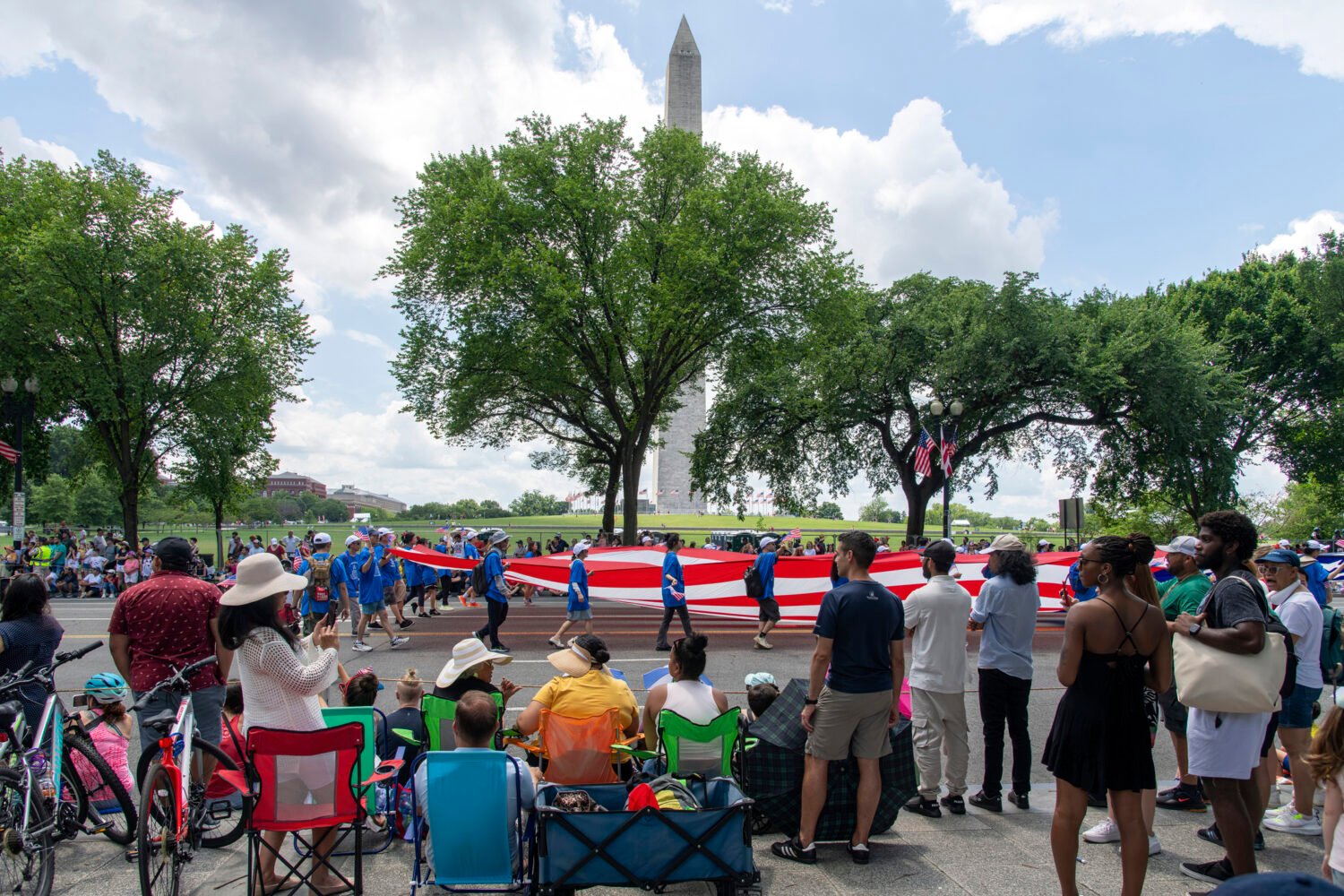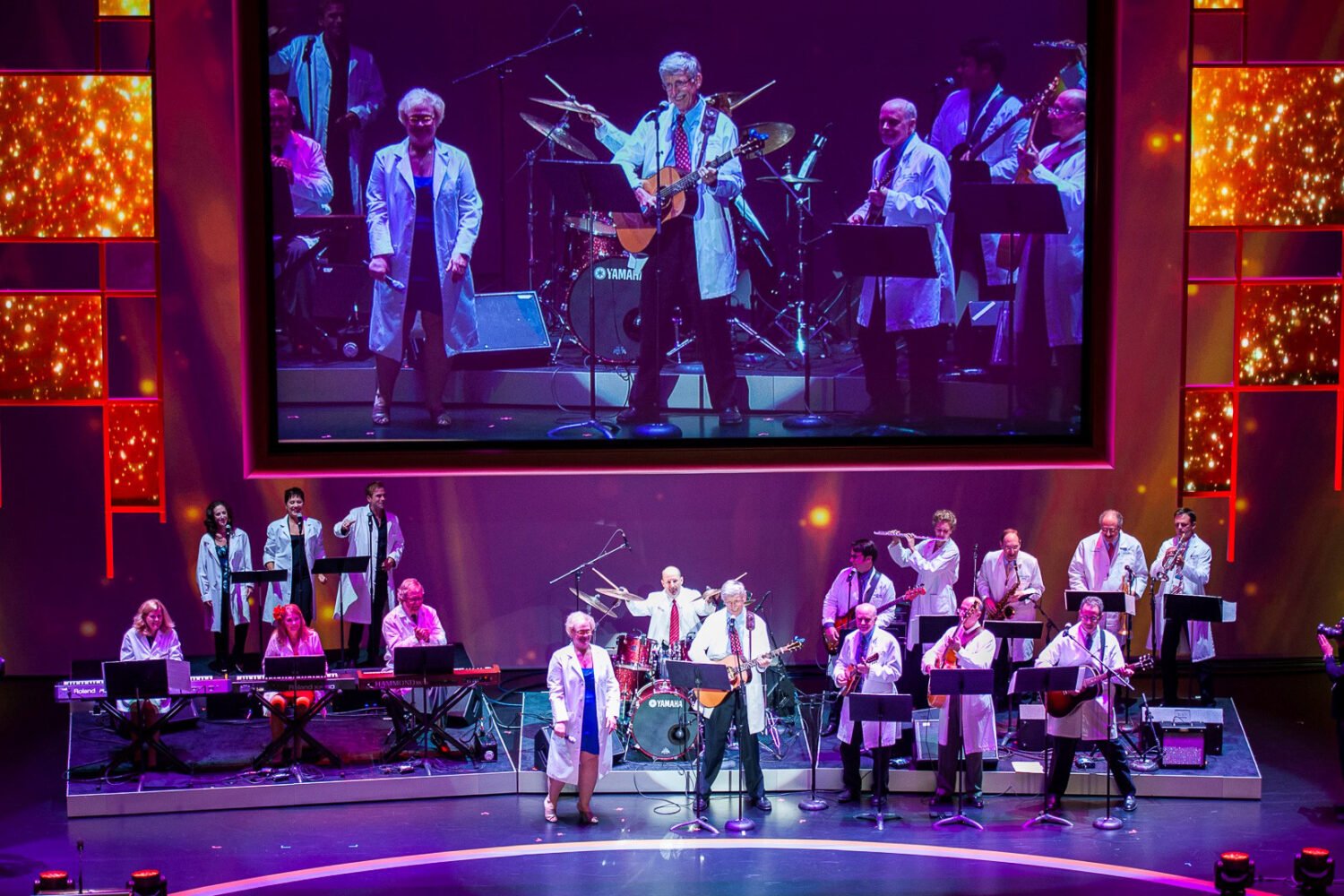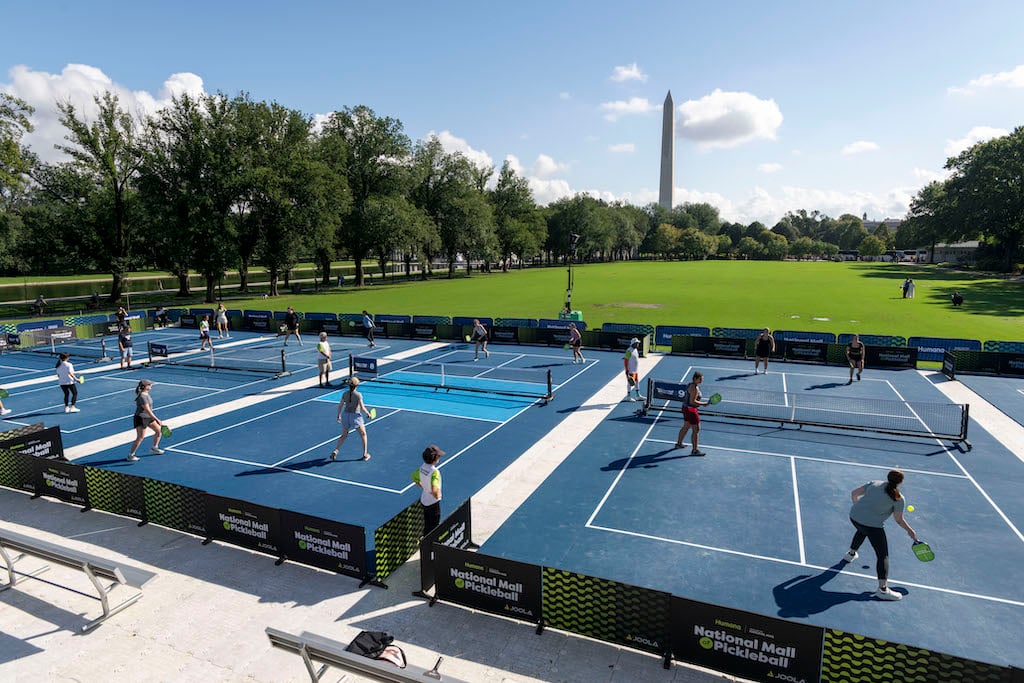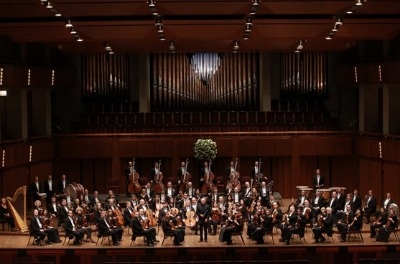
Since the meltdown of the world’s financial markets began, classical-music institutions have been dropping like flies, freezing or cutting salaries in the case of the Baltimore Symphony Orchestra, declaring bankruptcy like the Philadelphia Orchestra or folding altogether in the case of the Baltimore Opera. The National Symphony Orchestra seemed poised to founder, too, having gone through a couple years of wandering without a strong leader when the economic crisis hit.
In 2008, generous patrons Roger and Vicki Sant stepped in with a major donation—call it a classical-music golden parachute—to fund the salary of the NSO’s music director. Suddenly, the NSO found itself with Christoph Eschenbach, a veteran conductor with an international reputation and with whom the musicians had a good rapport, taking the helm. The end of Eschenbach’s first season as music director is approaching, and it has been a grand success. The latest evidence of this was this past weekend’s concerts, with guest conductor Thomas Dausgaard and pianist Nikolai Lugansky, heard on Saturday night.
Dausgaard, a respected Danish conductor, made his NSO debut with a program not unlike his 2008 appearance with the Baltimore Symphony Orchestra—it opened with the same Sibelius tone poem, “En Saga.” Dausgaard kept this short symphonic piece, reportedly describing an episode in Sibelius’s own life, unmannered, almost plain—a square, driving voyage marked by crisp articulations and an insistent theme in the violas.
The second work on the concert, Beethoven’s Fourth Piano Concerto, also became an individual journey—in this case of the soloist, Russian virtuoso Nikolai Lugansky, also in his NSO debut. The first movement moved way too fast— allegro moderato—for its tempo marking, a lack of patience signaled by an over-urgent attack on the piano’s cadenza-like opening. The second movement featured a poetic exchange of opposites—the vicious, bitten-off unison line of the orchestra alternating with Lugansky’s dream-addled solo, in which the fast parts were a gossamer spider web of notes. The spell faded with the minor-key resolution in the piano part, delayed so that it almost vanished, leading to a confident, suave third movement.
It’s to Dausgaard’s credit that he revived the Fourth Symphony of Danish composer Carl Nielsen, not heard from the NSO since Esa-Pekka Salonen conducted it in 1985. Nielsen explained the work’s subtitle, Det uudslukkelige or “The Inextinguishable,” as signifying “what music alone is capable of expressing to the full: the Elemental Will of Life.” Music critic Michael Steinberg quoted a later letter by Nielsen that explains that the symphony tries to depict those forces—human, animal, plant—that would reappear even if a volcanic eruption or other destructive event wiped out life on the planet. Such a threat existed during World War I, which was raging in Europe as Nielsen composed his Fourth Symphony.
After an explosive opening, Dausgaard shaped the work as a large-scale rebirth, from a viola motif like the trickling of water to the insect-like sounds of the woodwinds, with the end of the first movement whipped into a frenzy by the brass. In the words of scholar Raymond Knapp, the work follows a “large-scale triumphalist trajectory,” because a soft theme from the first movement (if not actual folk music, “folk-adjacent,” as Knapp put it) is resurgent in the final movement. Somewhat distracting from that central drama in the last movement was the entrance of the second timpanist, who rose up from an aisle seat in the orchestra section (moving so quickly that you might have guessed the urgency was bathroom-related) to walk through the side boxes and take his place at the right side of the stage. As he pounded out his antiphonal dialogue with the principal timpanist, like dueling earthquakes or avalanches, people stood in the upper boxes and peered over the railing in curiosity.
It was a fine concert that was only the latest in what has turned out to be an excellent first season. At the podium, Eschenbach has mixed the unusual (Matthias Pintscher’s Hérodiade-Fragmente, excerpts from Albert Roussel’s Padmâvatî, Alexander Zemlinsky’s Lyric Symphony, and most of all Messiaen’s revelatory Turangalîla-Symphonie) with the more usual—if not always as revelatory—works, such as Beethoven and Bruckner, a radiant Mahler Fourth Symphony with Dawn Upshaw, and a blazing Mahler Fifth, for the Austrian composer’s anniversary year. No less satisfying has been the selection of internationally established guest conductors, ranging from quite good (Kirill Karabits and Rinaldo Alessandrini) to at least worth hearing (Gianandrea Noseda, Emmanuel Krivine, and Susanna Mälkki).
Sadly, the only concert this year that might be described as a failure is the one that ended up on the NSO’s first CD with Eschenbach, officially released on the Ondine label at the end of this month but already on sale in the Kennedy Center gift shops.
Looking ahead, the last two concerts of the regular season should both be worth hearing: Eschenbach back at the podium with violinist Jennifer Koh
performing August Read Thomas’s Third Violin Concerto and bit of Schumann (June 9 to 11), and guest conductor Vladimir Ashkenazy in Shostakovich’s Tenth Symphony and the Walton Cello Concerto with Steven Isserlis (June 16 to 18). Unfortunately, next year’s season doesn’t look quite as interesting, but look for my 2011-12 picks for the NSO next month.
Subscribe to Washingtonian
Follow Washingtonian on Twitter
More>> After Hours Blog | Arts & Events | Happy Hour Finder | Calendar of Events



